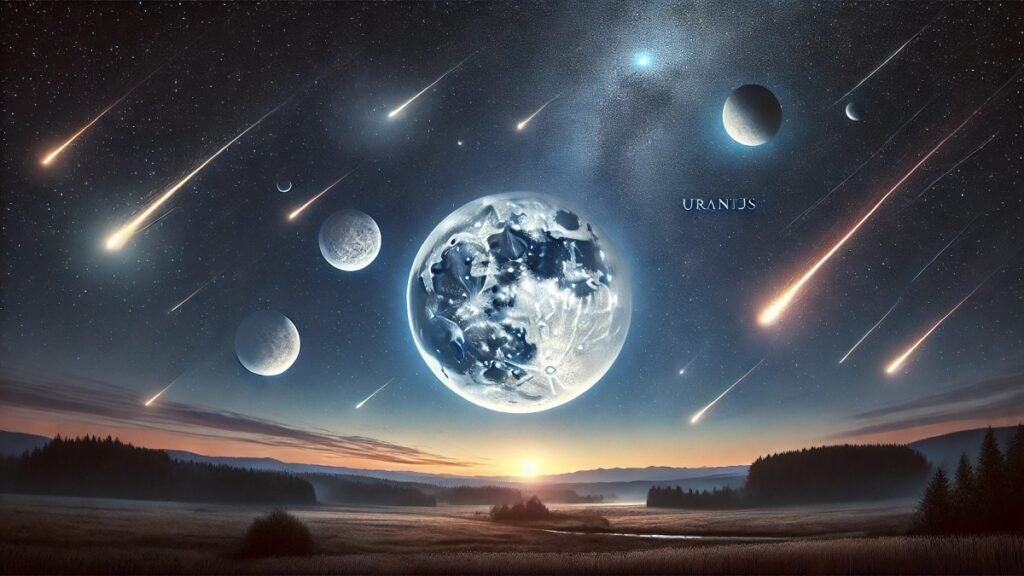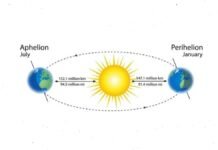
New Delhi: This November, the night sky is set to offer a mesmerizing array of astronomical events, with meteor showers, a supermoon, and rare planetary views. While Diwali’s fireworks have faded, a cosmic spectacle is about to begin, giving stargazers a chance to witness nature’s own fireworks high above Earth. Here’s a guide to the celestial events you can look forward to this month.
Taurids Meteor Shower Peaks Tonight: Slow and Bright Fireballs Light Up the Sky
On the night of November 4, the Taurids meteor shower will reach its peak, creating a breathtaking display of bright meteors that appear as slow-moving fireballs. Known for their unique brightness and long-lasting trails, the Taurids can be observed throughout the night, lighting up the sky with their distinctive glow. The Taurids’ slow movement across the sky provides an extended viewing experience, making it a treat for both amateur and seasoned astronomers.
November 15: The Last Supermoon of the Year
As the Taurids wane, the last supermoon of 2024 will take center stage on November 15, coinciding with the full moon. During this event, the Moon will be closer to Earth, appearing approximately 8% larger and 14% brighter than usual. On this day, the Moon will be around 4,61,000 kilometers away from Earth, significantly closer than its average distance of approximately 4,06,000 kilometers. This supermoon promises to provide a radiant, golden glow to the night sky, offering a rare and stunning sight for all onlookers.
November 16: Mercury’s Brightest Appearance in the Evening Sky
For those interested in planetary sightings, Mercury will make its brightest appearance of the year on November 16. Just after sunset, Mercury will reach its highest position above the western horizon, becoming visible for a longer period in the evening sky. It will shine with an unusual brightness, allowing even casual observers to spot it without needing a telescope. This rare visibility window is a perfect chance to observe Mercury’s gleaming presence against the twilight.
November 17: Leonids Meteor Shower Dazzles with High-Speed Meteors
Following the supermoon and Mercury’s prominence, the Leonids meteor shower will peak on November 17-18. Known for producing fast and bright meteors, the Leonids can deliver up to 15 meteors per hour under ideal conditions. During its peak, the shower promises a stunning view of meteors streaking rapidly across the sky. While it may not produce as many fireballs as the Taurids, the Leonids’ speed and intensity make it a thrilling event for meteor enthusiasts.

November 17: A Rare Close Approach of Uranus to Earth
The same night as the Leonids peak, Uranus will reach its closest point to Earth for the year, a distance of about 2.6 billion kilometers approximately 600 million kilometers closer than its usual orbit. This proximity will make Uranus fully illuminated by the Sun, offering the best visibility of the planet all year. While Uranus is faint and requires a telescope to be seen, the planet’s rare brightness and position in the night sky make November 17 an ideal time for viewing.
From dazzling meteor showers and a radiant supermoon to planetary highlights, November 2024 is set to be a spectacular month for stargazing enthusiasts. Prepare your telescopes and cameras to capture these once-in-a-lifetime celestial wonders.











































